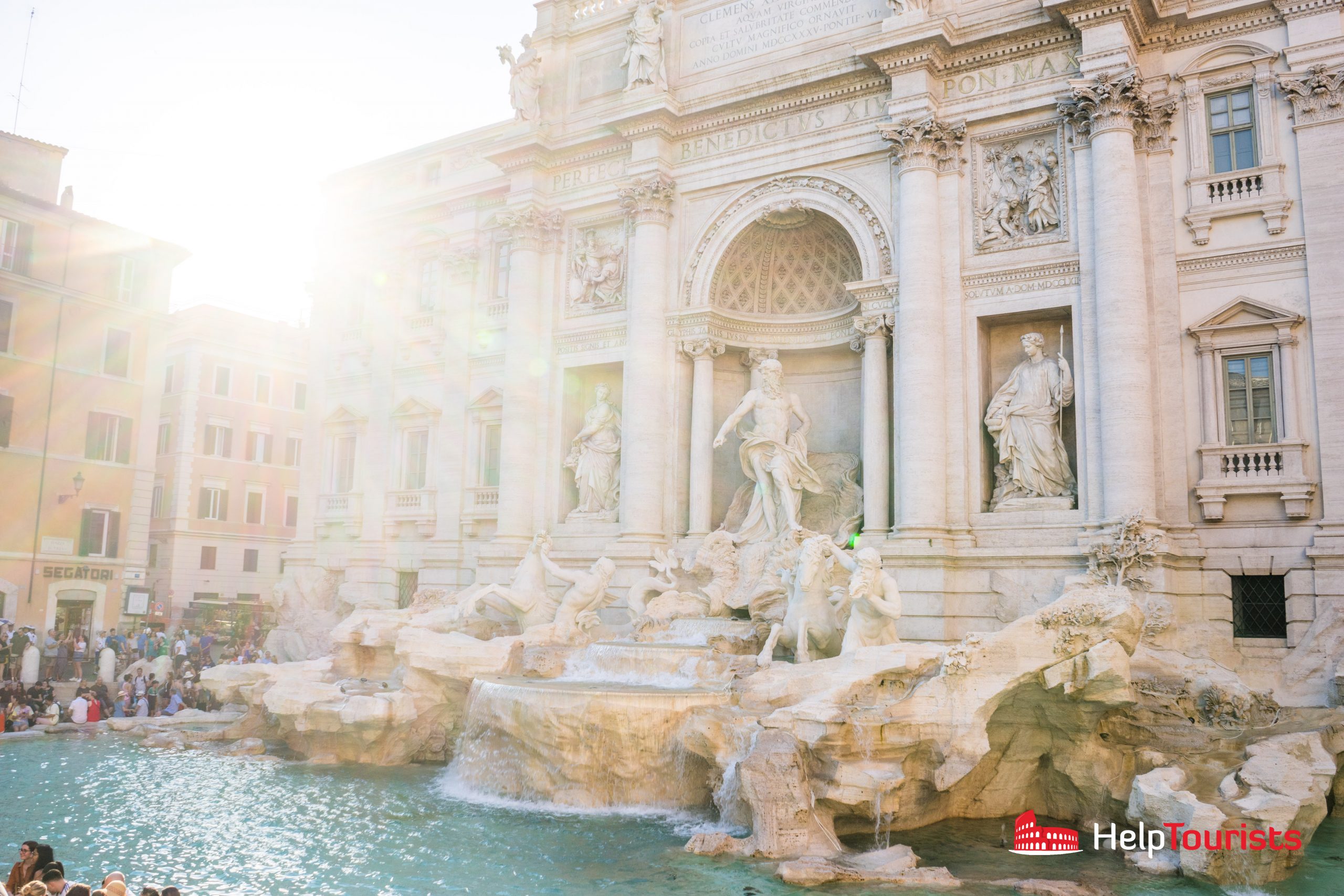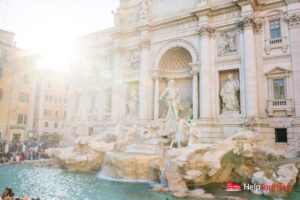Gerhard Marcks, a name that echoes through the annals of 20th-century sculpture, is often celebrated for his indelible contributions to the world of art. However, beyond his commendable reputation lies a mosaic of lesser-known facts that reveal the complexity and depth of his creative psyche. This article aims to unearth some of these rare insights about Marcks, shedding light on his artistic journey and the influences that shaped his oeuvre.
1. Early Life and Background
Born on July 12, 1889, in Bremen, Germany, Marcks was surrounded by the rich cultural milieu of the Hanseatic city. His early exposure to craftsmanship through his family’s involvement in the trade industry inspired his pursuit of the arts. Initially, he enrolled at the School of Applied Arts in Bremen, where he began to hone his skills, setting the stage for a prolific career as a sculptor.
2. A Student of Multi-disciplinary Arts
Marcks was not solely devoted to sculpture. His artistic education was multifaceted, encompassing painting, drawing, and even printmaking. His time spent at the Kunstgewerbeschule in Berlin further enriched his artistic repertoire, allowing him to experiment with different media before settling on sculpture as his primary mode of expression. This diverse background contributed significantly to his unique stylistic signatures.
3. The Influence of Expressionism
A significant turning point in Marcks’s career came with the rise of Expressionism in the early 20th century. This movement deeply resonated with his artistic sensibilities, prompting a shift toward abstraction and emotional expressiveness in his works. Marcks’s sculptures began to embody the emotional intensity characteristic of Expressionist art, merging form and feeling in a compelling dialogue that captivated viewers.
4. An Affinity for Natural Forms
In examining Marcks’s body of work, one can’t help but notice his profound connection to nature. His sculptures often reflect organic shapes and figures that evoke the natural world. This affinity can be traced back to his formative years, spent in close proximity to the lush landscapes of Bremen, which continually inspired his artistic vision. Marcks believed in the inherent beauty of nature, manifesting it through his simple yet evocative designs.
5. Political Turmoil and Artistic Defiance
The socio-political climate of Germany in the 1930s posed significant challenges for many artists, particularly as the Nazi regime began to curtail artistic expression. Marcks, rooted in the ideals of modernism, found himself at odds with the monolithic cultural narrative espoused by the regime. Despite facing significant adversity, including being labeled a “degenerate artist,” he continued to create works that challenged the status quo, embodying a spirit of resilience and defiance.
6. The Role of Education
Passionate about education, Marcks dedicated a substantial portion of his life to teaching. He held multiple teaching positions, including a tenure at the Hochschule für Bildende Kunst in Hamburg, where he nurtured a new generation of artists. His pedagogical approach emphasized the importance of personal expression and individual vision, principles that shaped his students and left an indelible mark on contemporary art.
7. Unique Materials and Technique
Marcks’s experimentation with materials set him apart from his contemporaries. Favoring ceramic and stone, he explored the tactile qualities of different substrates, often imbuing his works with a textural richness that engaged the viewer’s senses. His innovative techniques, such as a distinctive use of glazes and surface treatments, contributed to the tactile allure of his sculptures, allowing them to communicate a tactile narrative.
8. Interdisciplinary Collaborations
Many artists work in solitude, choosing to pursue their vision without external influence. In contrast, Marcks actively sought collaboration with designers, architects, and other artists throughout his career. His engagement in interdisciplinary projects enhanced his artistic reach and influenced the broader cultural landscape, illustrating the importance of dialogue and community within the artistic process.
9. A Lasting Legacy
Marcks passed away in 1981, yet his legacy remains palpable in the contemporary art scene. His creations continue to be exhibited in various institutions across the globe, sparking dialogue around the themes he explored. Marcks’s work is not merely a relic of the past; it resonates with modern sensibilities, urging artists and audiences alike to reevaluate the boundaries of artistic expression.
10. The Symbolism in His Work
Notably, Marcks’s sculptures often incorporate symbolic elements that invite introspection. Through his art, he navigated complex themes such as identity, existence, and the relationship between humanity and nature. His iconic piece, “The Girl with the Dog,” serves as a poignant commentary on companionship and innocence, showcasing his ability to encapsulate profound narratives within a single form.
11. The Influence of the War
World War II profoundly influenced Marcks’s worldview and, by extension, his art. The destruction of societal values and human suffering found expression in his works during this tumultuous period. As he grappled with the horrors of war, his art transformed into a medium for reflection and dialogue, encouraging viewers to confront uncomfortable truths about the human condition.
12. Rediscovery and the Modern Art Landscape
In recent years, there has been a resurgence of interest in Marcks and his work, as contemporary critics and historians reconsider his contributions within the broader context of modern sculpture. Exhibits dedicated to his art have emerged, helping to recontextualize his significance within art history and providing a fresh perspective on his lasting impact on forthcoming generations of artists.
In conclusion, Gerhard Marcks’s multifaceted life and artistic journey encompass a wealth of rare and compelling stories. From his early influences to his educational endeavors and the political challenges he faced, Marcks embodies the intertwining of art and life in a uniquely notable way. Exploring his legacy offers an opportunity to appreciate the subtleties of artistic expression and the profound messages woven into the fabric of his sculptures.









